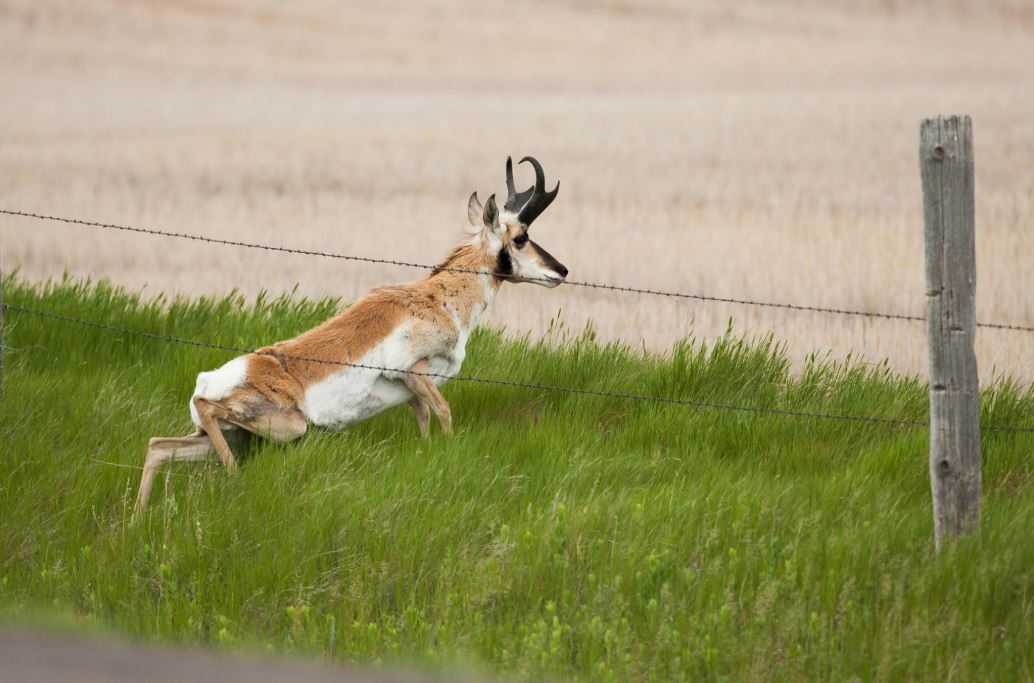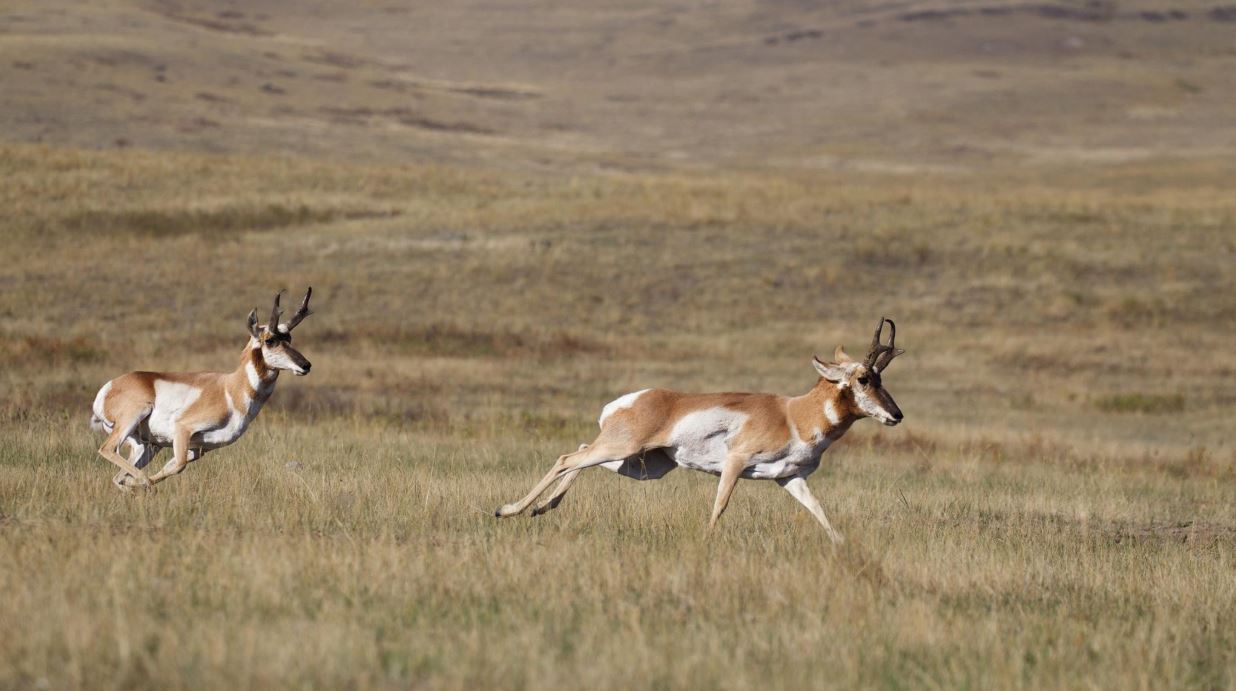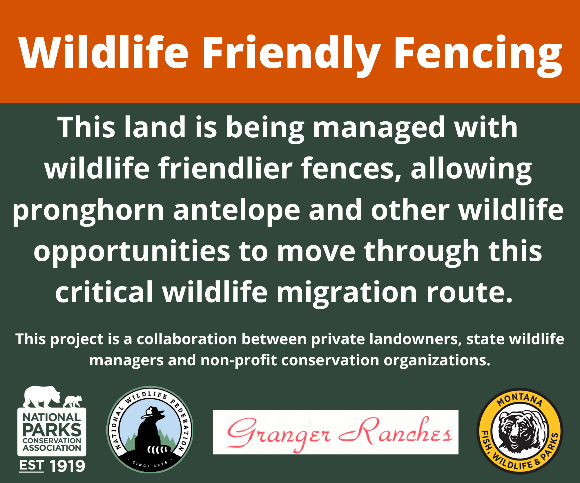




Fences define and separate ranches and farms, outline property boundaries, enclose pastures and rangelands, and prevent livestock from straying onto highways. Yet those miles of fence can also create hazards and barriers for wildlife, from big game animals to birds. Fences can block or hinder daily wildlife movements, seasonal migrations, and access to forage and water. Wildlife may avoid areas with too many fences to negotiate. For example, pronghorn choose seasonal ranges with lower fence densities (Sheldon 2005). When animals collide with or become entangled in fences they can be injured or killed, and wildlife damage to fences can be costly and frustrating for landowners.
Not all fences create problems for wild animals. By tailoring fence design and placement, landowners can reduce wildlife injuries and decrease damage to the fence. Many of these methods are low cost or can save money in the long-run by reducing the need for future fence repair.
The second edition of FWP’s Landowner’s Guide to Wildlife Friendly Fences: How to Build Fence with Wildlife in Mind (PDF) can help landowners construct and modify fences and crossings that are friendlier to wildlife while still meeting fencing needs.
Signs like the one below can be placed in project areas to highlight the good work of private landowners and partners.

Helping landowners conserve key habitat, including wildlife movement corridors.
Learn more >The Montana Wildlife Habitat Improvement Act provides federal funding to restore priority wildlife habitats by managing noxious weeds.
Learn more >Not all fences create problems for wild animals. By tailoring fence design and placement, landowners can reduce wildlife injuries and decrease damage to the fence.
Learn more >FWP is committed to reducing agricultural conflicts caused by migrating wildlife
Learn more >Commingling of elk and livestock and the associated risk of brucellosis transmission while maintaining elk on the landscape.
Learn more >